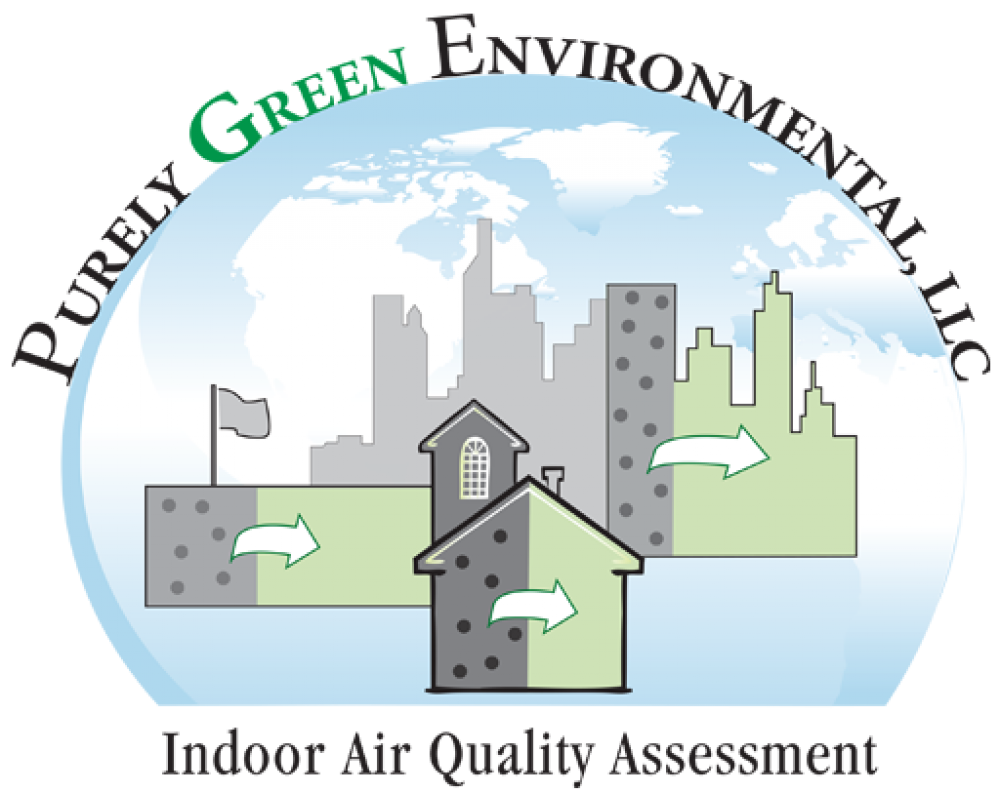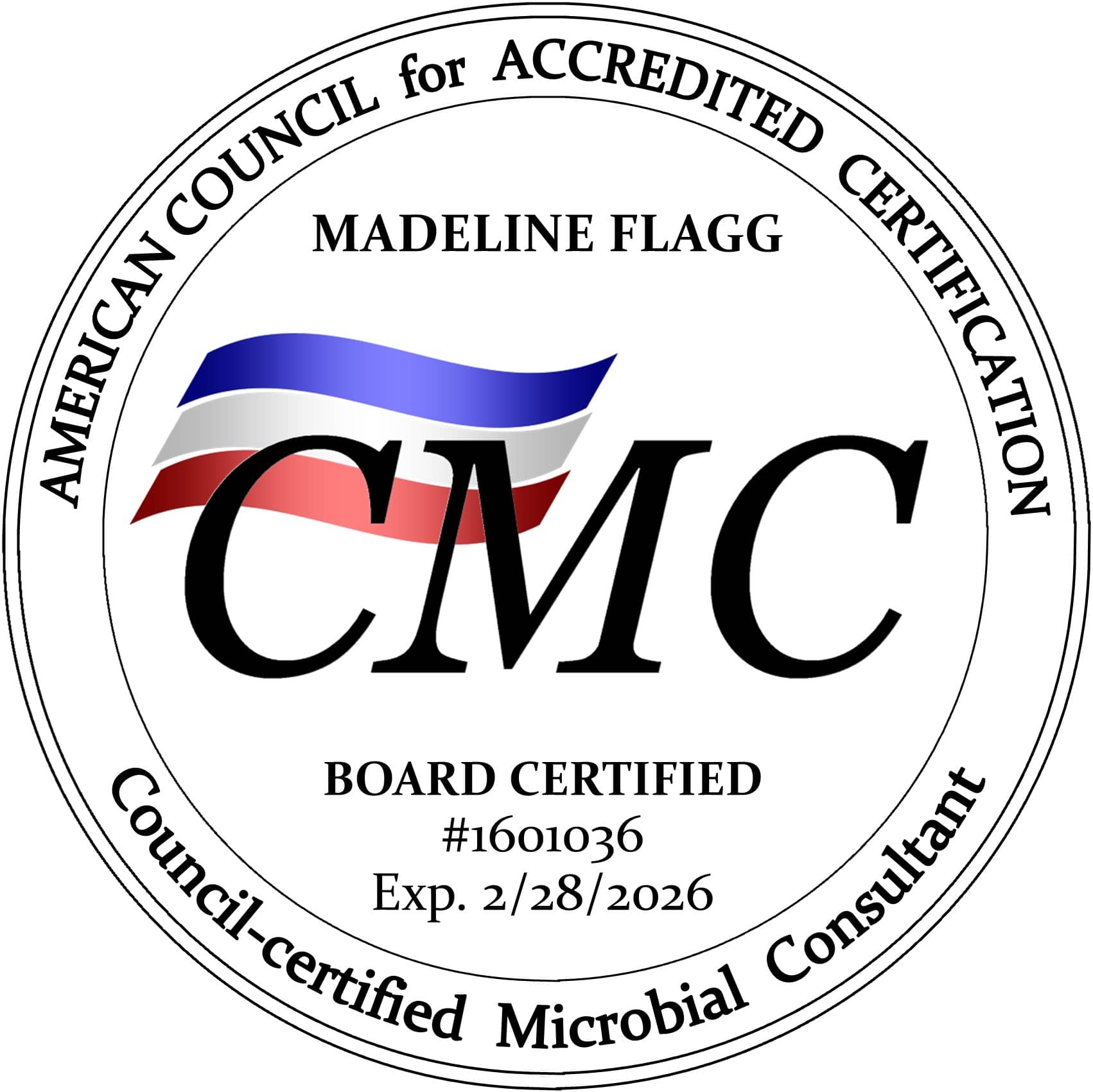
Is Your Wallpaper Making You Sick?
Researchers are warning that wallpaper can be a significant source of fungi that contribute to air pollution and sick building syndrome. The study (3) in question discovered three types of fungi common in household wallpaper: Penicillium brevicompactum, aspergillus versicolor, and stachybotrys chartarum.
These three fungi are also common food contaminants. When these fungi grow in wallpaper (or elsewhere), their mycotoxins can quickly spread into the air and dust.
The Toxic Roots of Many Illnesses
One of the difficulties with molds is that they can affect many types of surfaces. They can also aggravate just about any health problem you already have.
Any area with over 60 percent humidity will lead to the growth of mold and bacteria. This explains why wallpaper and its glue backing is a suitable host for these deadly microbes.
Gram-negative bacteria, which grow with mold, are particularly dangerous. They die and release their cell walls, referred to as lipopolysaccharides or endotoxins. Endotoxins can severely exacerbate asthma and other inflammatory conditions.
Common Symptoms of Mold Exposure
Common health problems attributed to poor and potentially toxic indoor air quality courtesy of mold growth include but are not limited to the chart below. If you have any of these issues, it may be worthwhile to consider the indoor air quality of your home.
How to ID a Mold Problem
How do you know whether hidden mold might be posing a health risk? The first step would be to conduct a visual inspection. If you can’t see any visible traces of mold, take surfaces samples anyway and use a moisture meter to determine the moisture level in the area.
Wood flooring should have a maximum moisture content of 10 to 12 percent. Anything above that is a breeding ground for mold. Exterior walls should not have a moisture content above 10 percent. You need to identify the mold itself, and not just look for spores in the air.
One of the best options is to hire Purely Green Environmental for a complete and thorough mold inspection. They pay attention to details and that is required for the best outcomes.
Is It Safe to Clean Mold on Your Own?
If all you have is a small area of surface mold, you probably don’t have to call in an expert. However, only attempt to clean it if it’s limited to the surface of a small area. Any deep-rooted mold will require professional assistance. An often cited recommendation is to kill off mold with bleach or ammonia. Do NOT do this.
Instead, for minor visible surface mold, first wipe the area with straight white vinegar. Mix a couple of tablespoons of sodium bicarbonate (baking soda) into a quart of water, and scrub off any surface residue of the mold. You could also use an ozone generator to help rid the air of any mold spores.
**All words and information courtesy of mercola.com and Dr. Mercola**
Footnotes
1. news-medical.net June 25, 2017
2. Mercola.com, Mold: Hidden Pandemic Sweeping Across America July 30, 2013. 3. Mercola.com, Mold: Hidden Pandemic Sweeping Across America July 30, 2011





